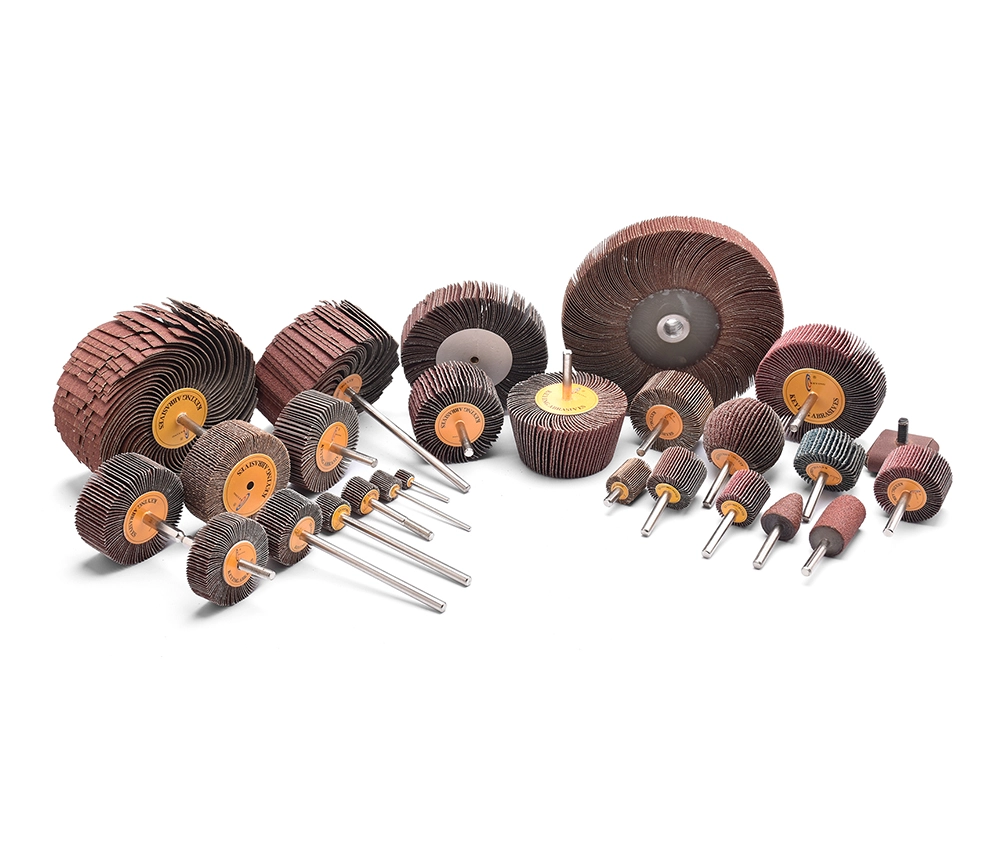
Dec 20-2017
In the automotive industry, precision and quality are key factors in ensuring the safety and performance of vehicles. One crucial aspect of automotive manufacturing is the grinding of stainless steel components. Stainless steel is widely used in automotive applications due to its durability and resistance to corrosion. However, the process of grinding stainless steel can be challenging, as it requires the use of specialized tools such as grinding stones.
Grinding stones are essential tools in automotive manufacturing, particularly when working with stainless steel components. These stones are designed to efficiently remove material from stainless steel surfaces, resulting in a smooth and uniform finish. Without the use of grinding stones, the process of shaping and finishing stainless steel components would be much more labor-intensive and time-consuming.
Using grinding stones for stainless steel offers several benefits in automotive manufacturing. One of the primary advantages is the ability to achieve precise and consistent results. Grinding stones can remove material from stainless steel surfaces with high precision, ensuring that components meet exact specifications. Additionally, grinding stones can improve the surface finish of stainless steel parts, enhancing their appearance and performance.
Grinding stones are also highly efficient tools for removing material from stainless steel. These stones can quickly and effectively grind away excess material, saving time and reducing production costs. By using grinding stones, automotive manufacturers can increase productivity and streamline the manufacturing process.
When selecting a grinding stone for stainless steel, it is important to consider factors such as the material composition, hardness, and shape of the stone. Different types of grinding stones are designed for specific applications, so it is essential to choose a stone that is compatible with stainless steel. Some commonly used grinding stone for stainless steel include aluminum oxide stones, silicon carbide stones, and diamond stones.
Aluminum oxide stones are ideal for grinding stainless steel components, as they offer a good balance of durability and cutting performance. Silicon carbide stones are also suitable for grinding stainless steel, providing excellent heat resistance and fast material removal. Diamond stones are the most durable option for grinding stainless steel, offering superior hardness and longevity.
To achieve optimal results when grinding stone for stainless steel in automotive applications, it is essential to follow best practices and tips for efficient grinding. One important tip is to ensure that the grinding stone is properly matched to the stainless steel material being processed. Using the wrong type of grinding stone can result in poor performance and decreased efficiency.
Additionally, it is crucial to use the correct grinding techniques when working with stainless steel. For optimal results, apply light pressure and use a steady grinding motion to remove material evenly from the surface. It is also important to periodically clean the grinding stone to prevent buildup of debris and maintain its effectiveness.
In conclusion, grinding stones play a vital role in the manufacturing of stainless steel components in the automotive industry. By using the right grinding stone for stainless steel and following best practices for efficient grinding, automotive manufacturers can achieve precise results and enhance the quality of their products. Grinding stainless steel should occur at least once in the content, and with the right tools and techniques, automotive manufacturers can streamline the production process and deliver high-quality components to their customers.